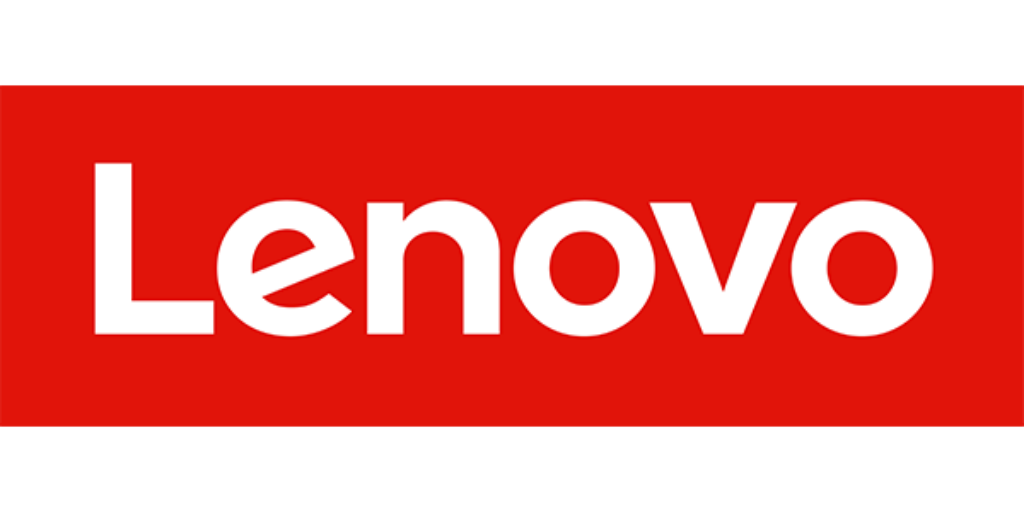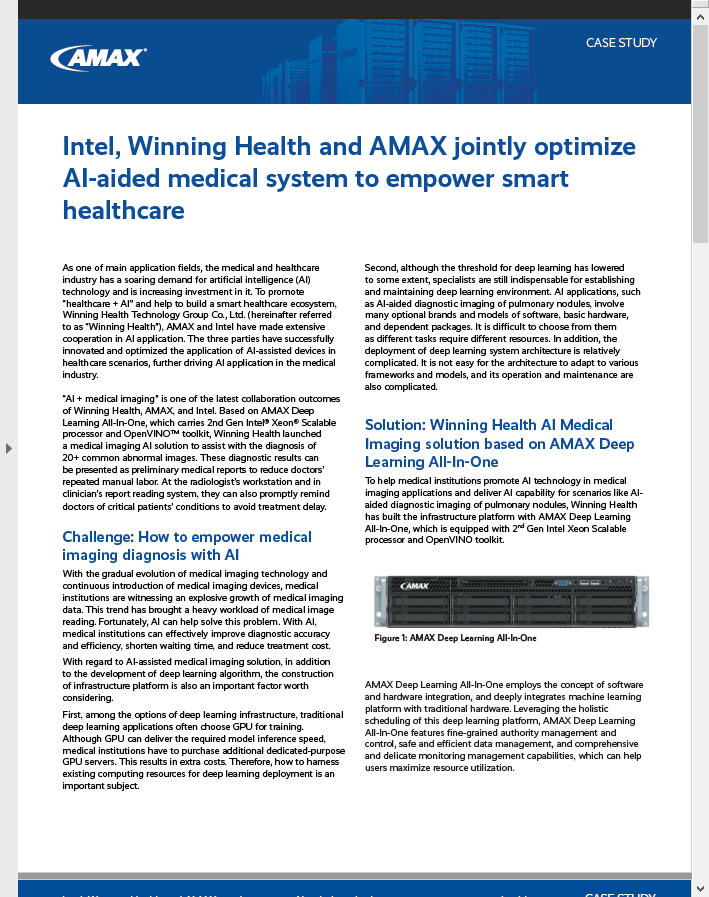
Ben Sander, Senior Fellow at AMD
In this slidecast, Senior AMD Fellow Ben Sander presents: It’s Time to ROCm!
AMD has been away from the HPC space for a while, but now they are coming back in a big way with an open software approach to GPU computing. The Radeon Open Compute Platform (ROCm) was born from the Boltzmann Initiative announced last year at SC15. Now available on GitHub, the ROCm Platform bringing a rich foundation to advanced computing by better integrating the CPU and GPU to solve real-world problems.
“We are excited to present ROCm, the first open-source HPC/ultrascale-class platform for GPU computing that’s also programming-language independent. We are bringing the UNIX philosophy of choice, minimalism and modular software development to GPU computing. The new ROCm foundation lets you choose or even develop tools and a language run time for your application.”
- ROCm is built for scale; it supports multi-GPU computing in and out of server-node communication through RDMA. It also simplifies the stack when the driver directly incorporates RDMA peer-sync support.
- ROCm has a rich system run time with the critical features that large-scale application, compiler and language-run-time development requires.
On April 25th, 2016, AMD delivered ROCm 1.0 built around three core foundation elements:
- Open Hetrogenous Computing Platform (Linux Driver and Runtime Stack) optimized for HPC & Ultra-scale class computing
- Heterogeneous C and C++ Single Source to better address the whole system computation not just a gpu device
- HIP acknowledging the need for platform choice when utilizing GPU computing API
Using our knowledge of the HSA Standards and, more importantly, the HSA Runtime we have been able to successfully extended support to the dGPU with critical features for NUMA class acceleration. As a result, the ROCK driver is composed of several components based on our efforts to develop the Heterogeneous System Architecture for APUs, including the new AMDGPU driver, the Kernel Fusion Driver (KFD), the HSA+ Runtime and an LLVM based compilation stack for the building of key language support. This support starts with AMD’s FIJI Family of dGPU, and has expanded to include the Hawaii dGPU Family in ROCm 1.2.”
Download the MP3 * View the Slides * Subscribe on iTunes * Subscribe to RSS




